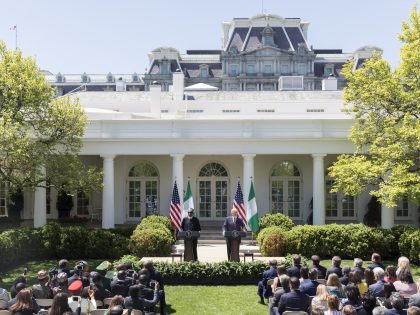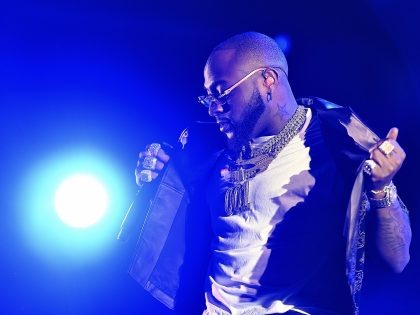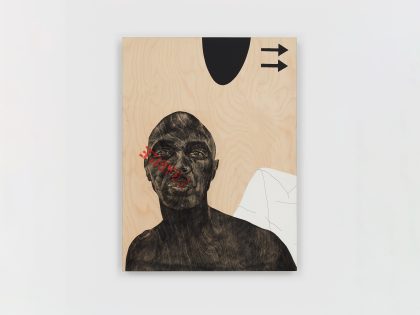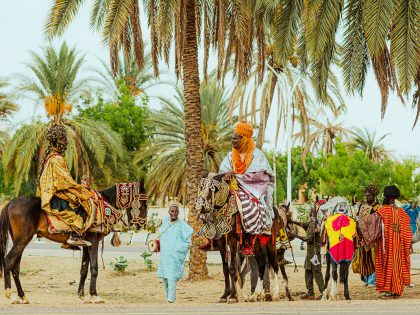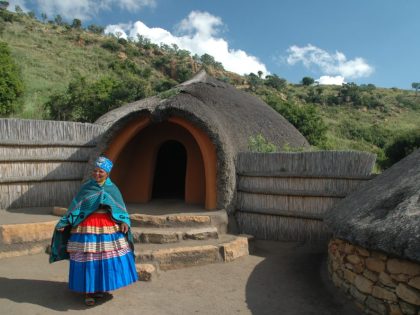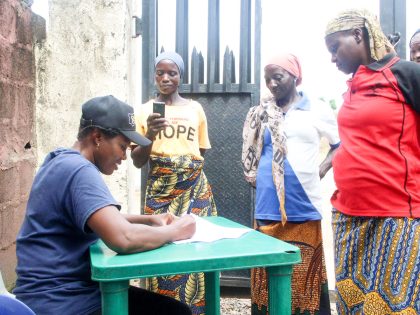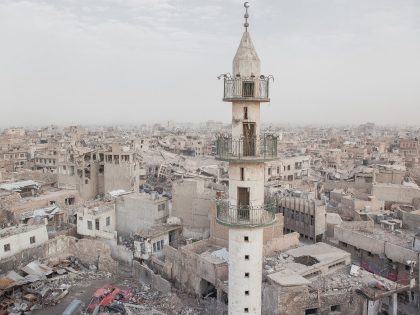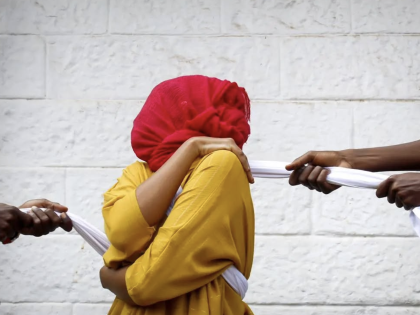Iman is fierce
The achievements of the Somali model and designer, Iman, in a very racist fashion industry, particularly Paris and New York, should be widely celebrated.

Iman in 1996 (Wiki Commons).
Tonight, Somali-born former model, and current entrepreneur, Iman will receive the Fashion Icon award from the Council of Fashion Designers of America. Past winners of this special prize, “awarded to an individual whose signature style has had a profound influence on fashion,” include model Kate Moss (2005), and actresses Sarah Jessica Parker (2004) and Nicole Kidman (2003). Whatever you may think of the fashion industry, this is huge, and signals that Iman is (finally) getting the due that she deserves. Because, as we all know, fashion (still) doesn’t much care for Black women, or women of color in general. You don’t have to see the recent short documentary, The Color of Beauty, to know that. You need only read the New York Times article announcing Iman’s award. Some highlights:
As is widely known, Iman “was plucked from her university studies in Nairobi by the photographer Peter Beard” (who is controversial). True to form, Beard apparently told people that Iman was discovered in the jungle” as a means of creating buzz. For designer Calvin Klein, what set Iman apart was her “amazing skin,” which set “off color and clothes in a way white women couldn’t do.” Another thing white women couldn’t do? Walk the runway with a baby tiger on a leash, which is what designer Thierry Mugler had Iman do at one point.
Considering the fact that Iman is now known primarily for her cosmetics line, aimed specifically at women of color, as well as the fact that both of the books she’s authored deal with the subject, I was struck by how little race figures in this article. Especially since Bethann Hardison, the former model and talent agent, who is a black, and who a couple of years ago held several summits on the lack of diversity in fashion, is also featured. In fact, the only acknowledgment about the racism in fashion comes from David Bowie, Iman’s husband, who says, “I’m enormously proud of Iman. She made broad strokes when she came to America, and opened doors for women of color.”
And while I, too, commend Iman today, I still reserve the right to shake my head at her very ill-advised “I Am African” campaign for the organization, Keep a Child Alive, from a few years ago. But we are here to celebrate.




